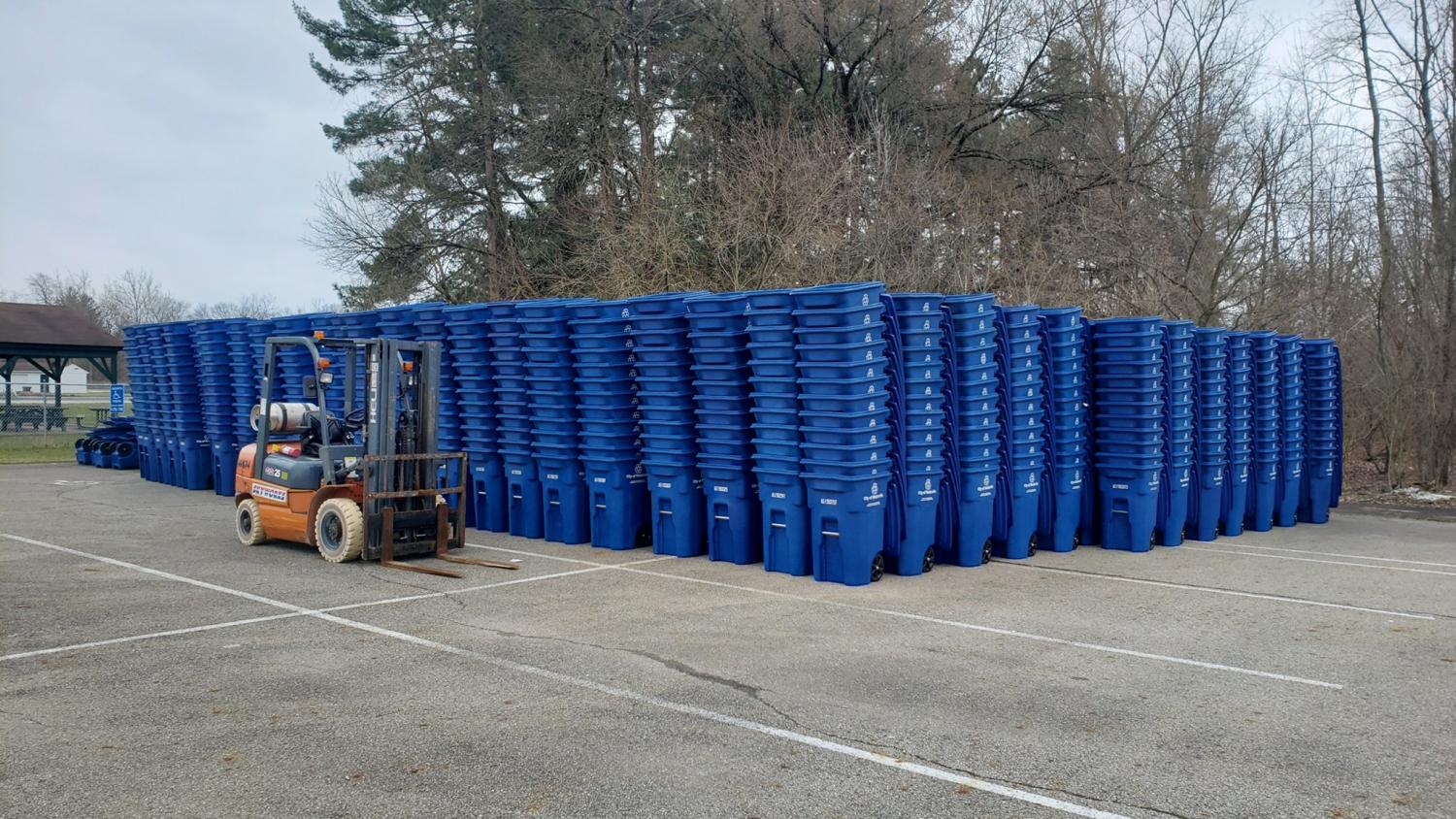
The Recycling Partnership, a nonprofit that describes itself as a “national force for improving recycling,” has recently released a roadmap and “Bridge to Circularity” report aimed at transforming the United States recycling system and aligning it more with the goals and needs of a fully circular economy.
“Our current recycling system is fundamentally underfunded and incapable of delivering a circular economy without dramatic evolution,” said Keefe Harrison, The Recycling Partnership’s CEO, in a press statement. “With this report, we are providing the clear roadmap to create a new and improved recycling system of the future.”
Recycling is an old technology, but it badly needs more innovation and improvement. The main concern is that the recycling rate in the U.S. has hit a plateau. Back in the 1980s and 1990s, recycling rates saw a rapid uptick, as environmental awareness grew and more and more communities, particularly in urban areas, adopted practices such as curbside recycling. But then, all that progress stalled, and the U.S. recycling rate has been stuck at around 34 percent for the past decade.
The reasons are multifold – from the fact that suburban, exurban and rural areas have been slow to adopt municipal recycling, the limited cost-effectiveness of recycling systems, low fossil fuel prices that help keep virgin plastic cheap and the lack of centralized waste management systems across municipalities.
This harms companies, too, as it limits their ability to become more sustainable. There has been a strong push for more brands to add recycled content to their packaging. But some can’t source enough recycled inputs. Coca-Cola, for example, has set a goal to use 25 percent recycled PET in its bottles but has been unable to meet the timelines due to the challenge of getting enough recycled materials.
The Recycling Partnership report highlights three key barriers that are keeping recycling rates low and inhibiting progress towards a fully circular economy. One is that packaging innovation has outpaced the capabilities of our recycling infrastructure – think the proliferation of new materials, such as Amazon’s non-recyclable plastic mailers gunking up recycling operations. Second, the system is unable to deliver the supply of recycled material necessary for the success of efforts like the New Plastics Economy Partnership. Thirdly, there are underlying structural challenges that make developing a sustainable system difficult without more outside input.
The Partnership is calling for “Recycling 2.0,” new technology, data-driven systems and increased consumer participation that should all enable greater recyclability and circularity in our economy.
“To make this a reality, we’re calling for $500 million to fund these new initiatives,” Harrison said. “This will be the first step toward fully optimizing our nation’s recycling capabilities and ultimately building the bridge to a circular economy.”’
The initial focus will be plastics, an area that deserves attention as knowledge about the scale of plastic pollution in our natural environment grows. But this group doesn't plan to stop there – ultimately hoping to encompass all recycled materials and ensure that less waste ends up in landfills or nature.
“Concentrating on plastics alone will not create a viable platform for a truly circular economy,” Harrison said. “Nor will recycling alone ultimately suffice.”
We'll all need to work together to break through the 34 percent glass ceiling and hit the ultimate goal – 100 percent recycling and reusability. Only then can we say that our waste management system is truly, genuinely sustainable and circular.
Image credit: Recycling Partnership/Facebook

Nithin Coca is a freelance journalist who focuses on environmental, social, and economic issues around the world, with specific expertise in Southeast Asia.














